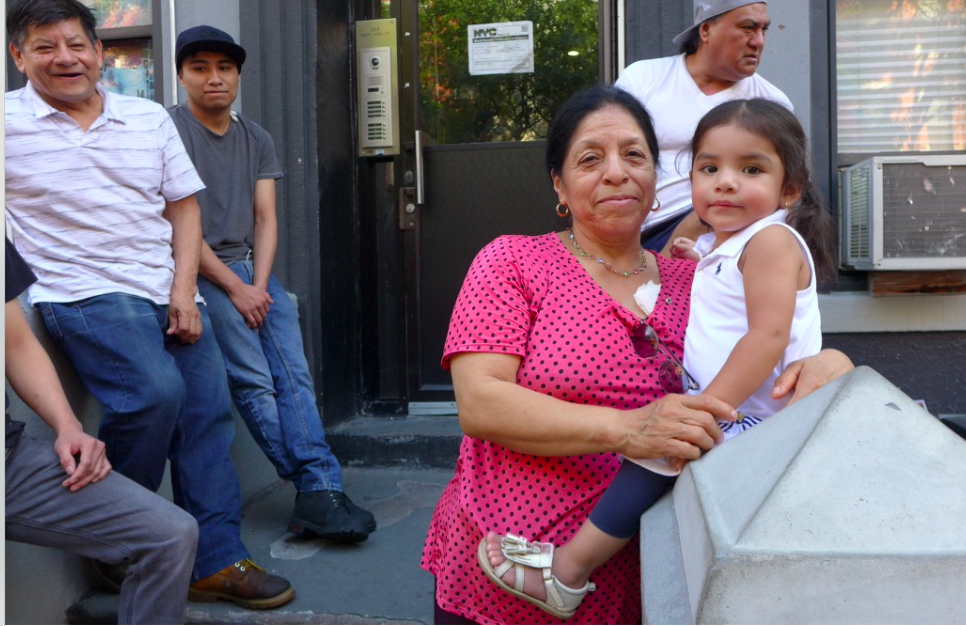
Re-neighbouring: the upside down Gospel
Chris Lawrence is part of a discipleship team located in East Harlem, New York City. Committed to Jesus-centred companionship, they live alongside people struggling with the challenges of loneliness, loss of direction, isolation and poor health. As the urban pressure to be ultra-mobile undermines the Christian call to place and proximity, Chris explores intentional ways to “re-neighbour” the parish.
The reinvigorated, walkable parish
As life resumes, how can we hold onto the vision of a “stronger together village”, especially in our densely populated cities?
During the Covid-19 lockdowns in East Harlem, the stoop and the sidewalk helped people stay sane.
Over the last eighteen months the front steps leading up to the rowhouses and brownstones have been repurposed. They’ve become safe neutral spaces where neighbours can perch and explore what it feels like to be together for significant hours of every week. Kids play on the quiet carless road, senior residents sit back in the shade, relishing it all. Nothing new here, it’s as old as Zechariah 8:4-6:
Thus says the Lord of hosts: Old men and old women shall again sit in the streets of Jerusalem, each with staff in hand because of their great age. And the streets of the city shall be full of boys and girls playing in its streets. Thus says the Lord of hosts: Even though it seems impossible to the remnant of this people in these days, should it also seem impossible to me, says the Lord of hosts?
Many New York City streets remain closed to traffic for hours of every day, or at least on Saturdays, to support reinvigorated household to household networking that started in the pandemic when, in a few short weeks, we had counted 22,000 dead.
When I drove through Brooklyn a few days ago I saw not less than six street parties in progress, but the turnout was very low. I saw roadblocks and a couple of pop-up tents and a small, slightly beleaguered crew of activists wondering when people would show. If that is how it is now, then how will it feel in 6 or 12 months ahead? It seems that vehicle traffic is bound to reclaim these home-zoned blocks. Will we look back and say that for a while we had a sense of being actual near neighbours, brought about by exceptional crisis circumstances, and now we are reverting to type?
The places we live in, the neighbours who actually live on the same block: all this is fast becoming peripheral to the dominant pattern which is to be ultra-mobile across the whole city. Presence on social media has priority over carving out time to be present in person on your stoop.
Many people of faith, perhaps Christians most obviously, here in NYC’s five boroughs, have long left behind the inner city. And, truth be told, those of us who still live in these blocks, adjacent to, if not actually within the public housing projects, often have our hearts oriented to the future, fixated on getting out. We dream of more pleasant surroundings and our kids running free in a large expansive back yard. Such longing can destroy our ability to love and connect with the reality around us here and now.
How can churches and communities of faith change tack and re-invigorate hyperlocal street level block- by-block presence and informal neighbour networks and friendship? Is there any future for re- neighbouring the urban village? What would be needed?
Stable housing is foundational for re-neighbouring. Getting anchorage is the biggest challenge, especially for those who cannot inherit a subsidized apartment or choose a social housing unit – unless they are willing to be relocated, which may be ten miles away.
Intentionality and commitment to relationships is fundamental, like knowing the names of a dozen neighbours in your apartment building. We could take a lesson from our Muslim New Yorkers who can cite the Qur’an text: “none of you has faith until you love for your neighbour what you love for yourself.” Or they take the guidance of Al Hassan (in a Mursal Hadith): “Your neighbours are forty houses ahead of you and forty houses to your back, and forty houses to your right and forty houses to your left”.
Do Christians have a habitual, binding, unselfish commitment to their immediate neighbourhood, regardless of the faith commitment of those neighbours?
Building moments is energizing, captures the imagination, and generates stories to live out of, over months if not years. In the first 2020 lockdown, a church leader mobilized Christians to pray and sing on the roof tops of apartment buildings in Manhattan on Easter morning. It was sentimental, and we felt foolish for hoping to see people emerge blinking into the light to wave at us. But it was remembered, in keeping with the banging of pots and pans every night to celebrate the loyalty of medical and essential workers. Moments matter. By contrast, implementing a strategy or building a monument, may actually undermine our best instincts. Re-neighbouring can be about creating brief episodes, moments which humanize the city.
Jesus’s call to be loving was and still is often misunderstood as a general bit of common sense advice.
Our discipleship task (following in his footsteps) is to come up with detailed ways for loving people, in specific risk-taking gestures, and loving our enemies especially.
The true disciple is like the person in the parable who is portrayed digging up the unexpected treasure, but in their own neighbourhood.
What strikes me is that the person who has heard the Gospel might want to stay home, close to home, more than they ever believed would be desirable, without a state of emergency or a city mandate commanding them to.
I want to pledge to be slowed-down and patient, available and interested, giving loyalty and attention to the people who are left behind or left at home. I want to do this as the churning transient habits of the city undermine this call to proximity.
I remember my childhood in Oxford, England, and that curious tradition where choirboys were dangled upside down, held by their ankles over the parish boundaries on Ascension Day : “beating the bounds.” I smile.
May the “upside down” Gospel turn us to face each other within our walkable parish. May we prayer walk and notice people as never before, block by block, street by street.
Chris Lawrence
Chris is involved in a free, online event on 5 October 2021: Urban Village: An Upside Down Gospel for Living in the City. Christians who are engaged in building back stronger, hyper-local, neighbourhoods (some call this the reinvigorated walkable parish) are invited to share ideas and promote best practice.
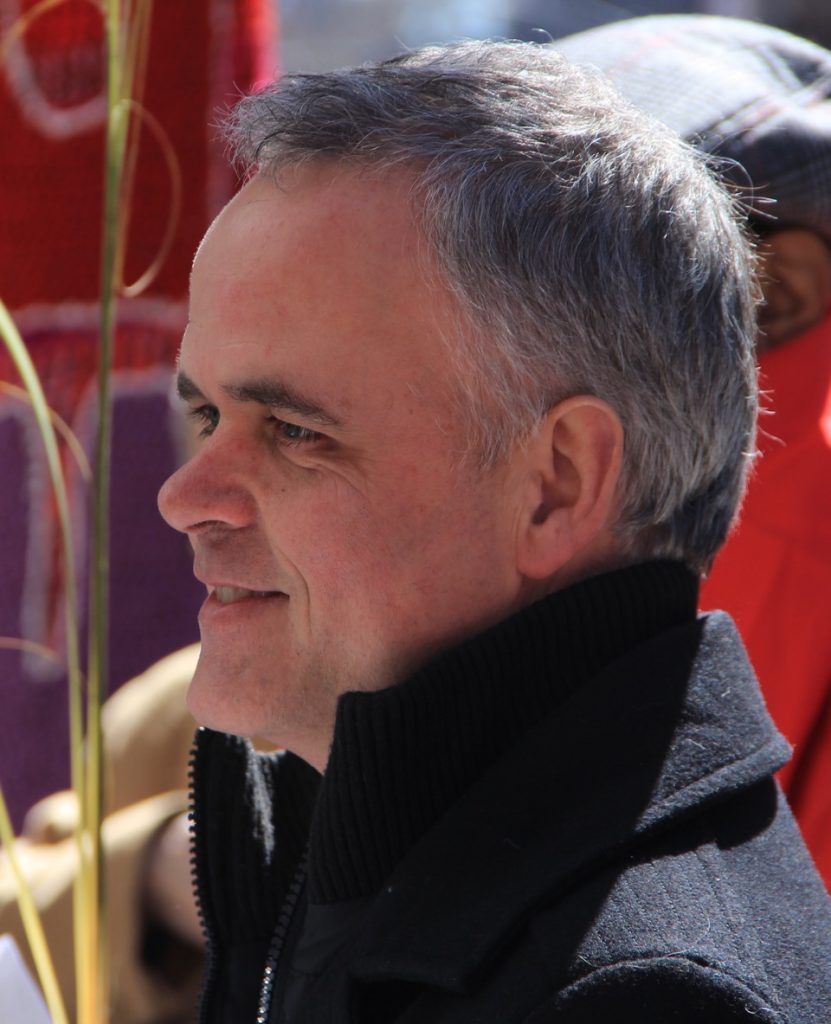
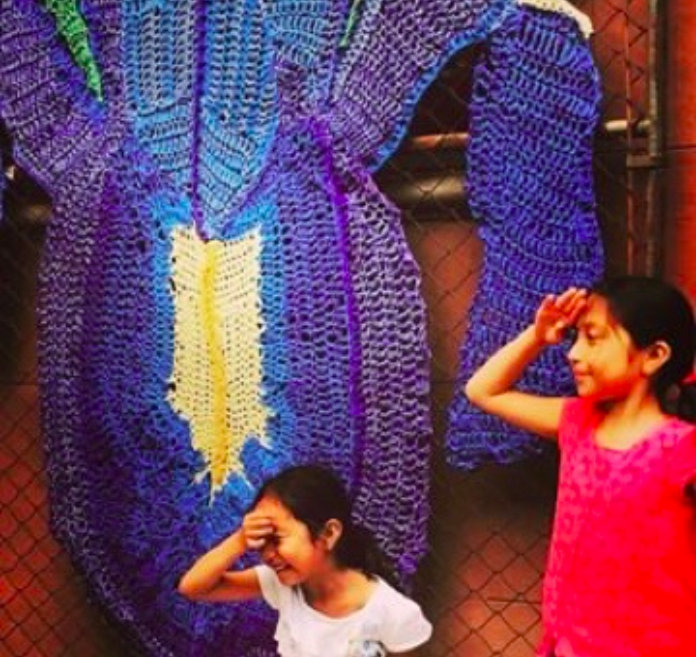
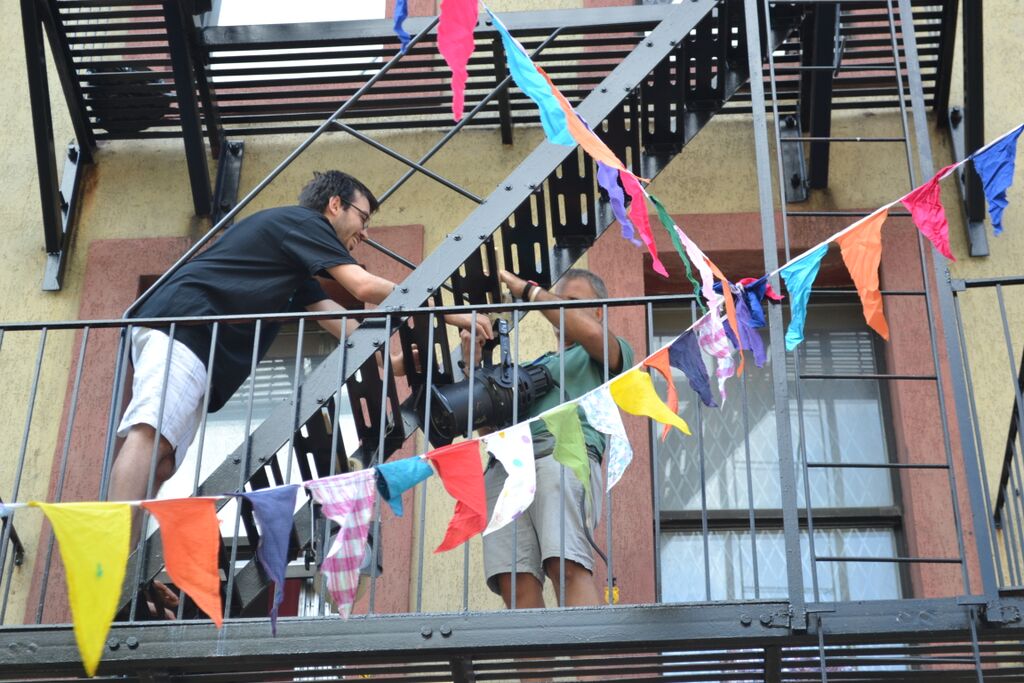
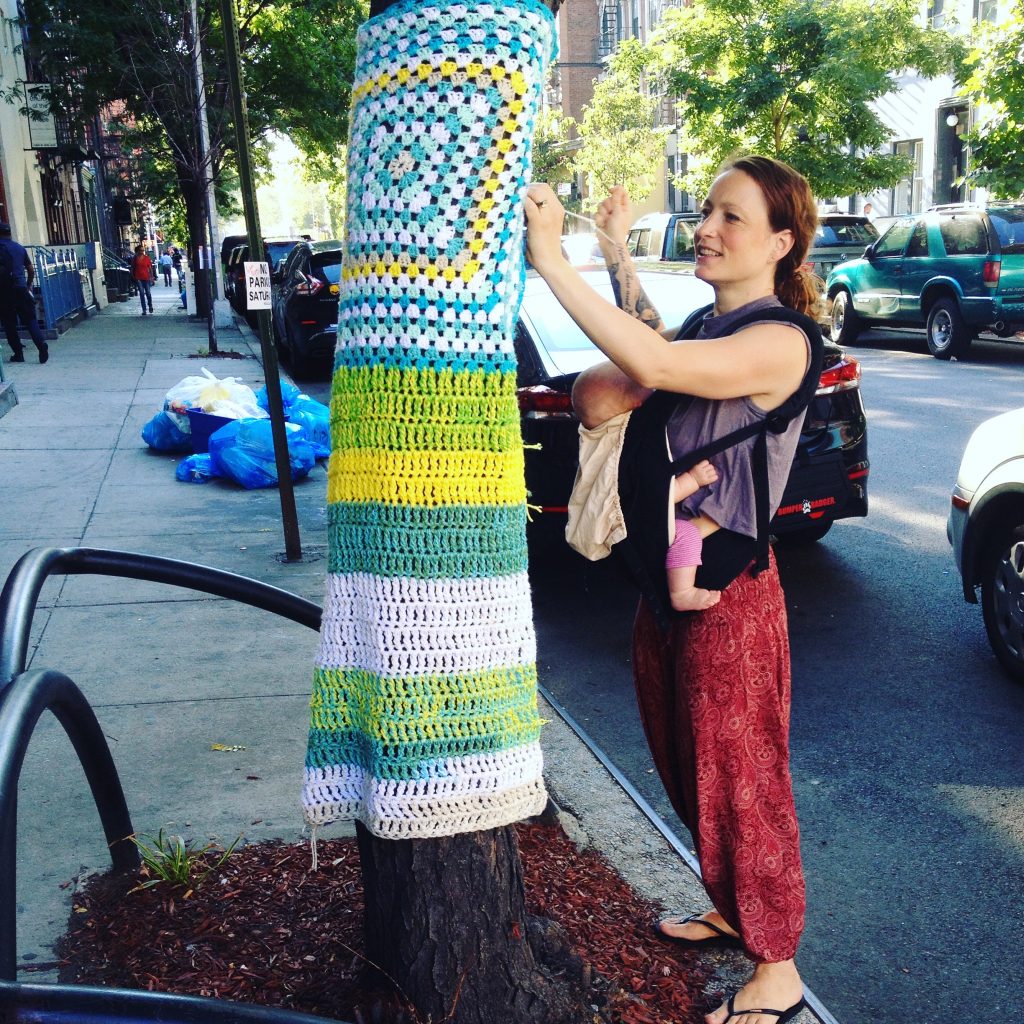
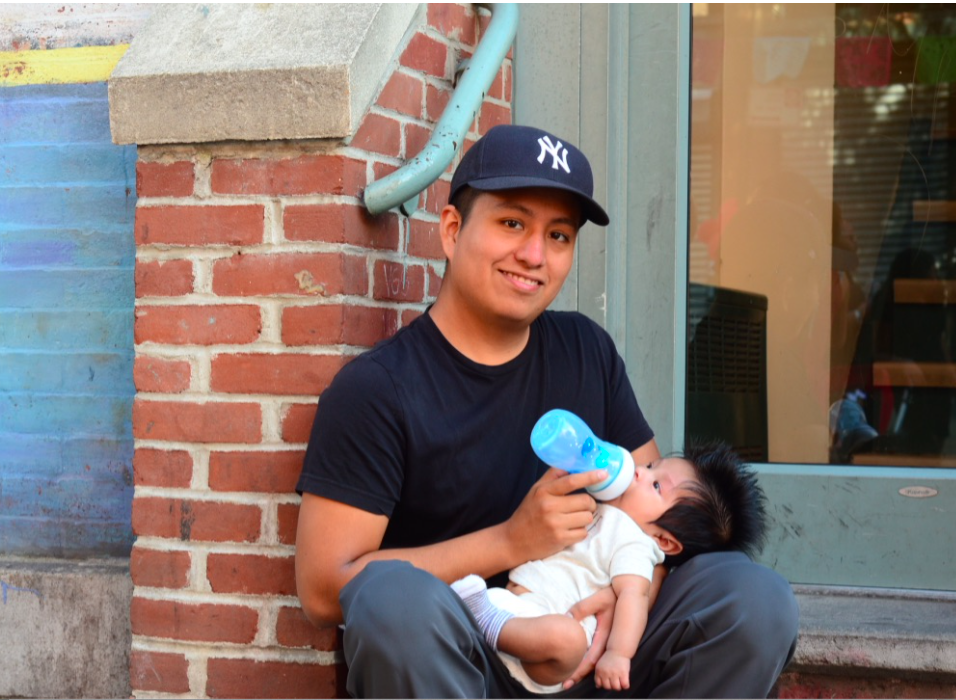
Chris Lawrence has lived in the East Harlem / South Harlem neighbourhoods of New York City for the last seven years and previously was in Hackney, East London, in England, for the majority of his adult life. He serves alongside his wife Naomi, a fibre artist, both working with InnerCHANGE East Harlem. They have four children and a large dog.
This story was featured in the 2021 summer edition of the T4CG Newsletter.
If you found it meaningful, you can explore more content like it by subscribing to Together for the Common Good on Substack.
